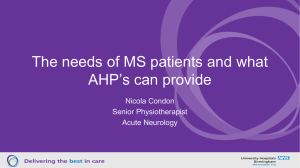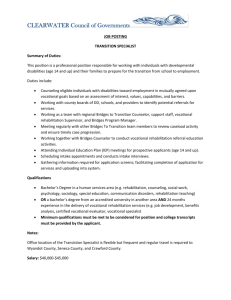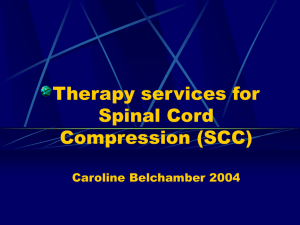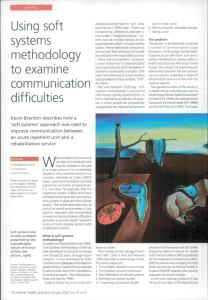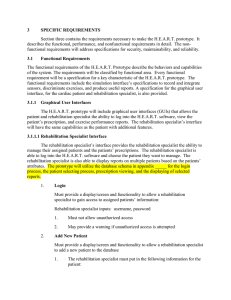Low Back Pain During and After Pregnancy Facts
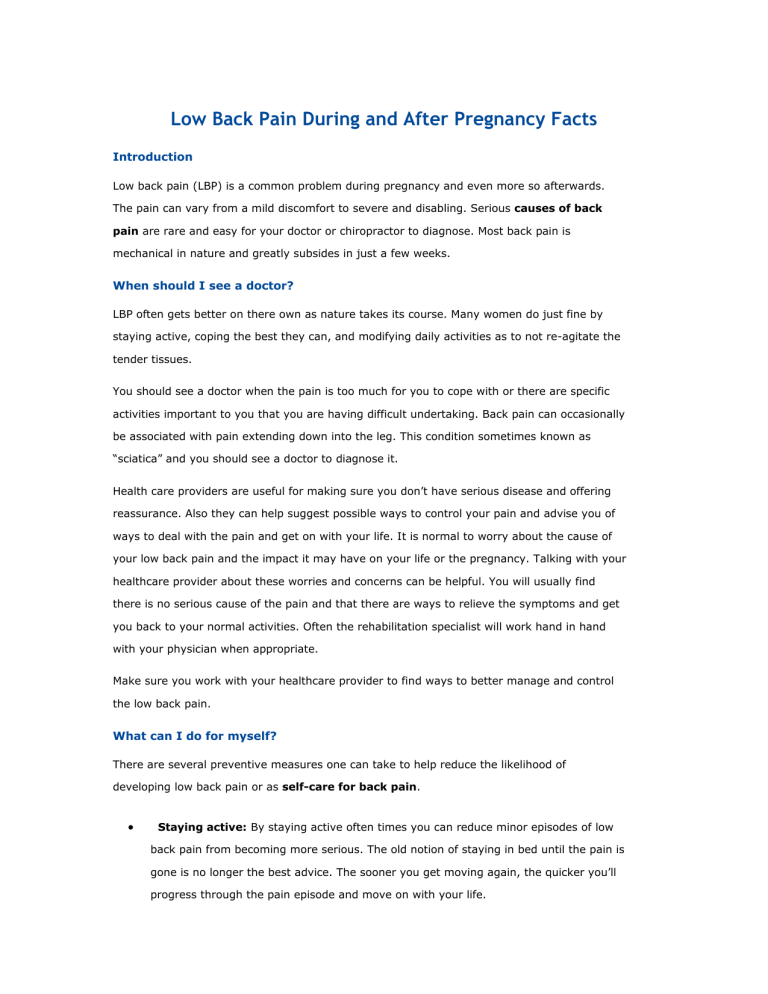
Low Back Pain During and After Pregnancy Facts
Introduction
Low back pain (LBP) is a common problem during pregnancy and even more so afterwards.
The pain can vary from a mild discomfort to severe and disabling. Serious causes of back
pain are rare and easy for your doctor or chiropractor to diagnose. Most back pain is mechanical in nature and greatly subsides in just a few weeks.
When should I see a doctor?
LBP often gets better on there own as nature takes its course. Many women do just fine by staying active, coping the best they can, and modifying daily activities as to not re-agitate the tender tissues.
You should see a doctor when the pain is too much for you to cope with or there are specific activities important to you that you are having difficult undertaking. Back pain can occasionally be associated with pain extending down into the leg. This condition sometimes known as
“sciatica” and you should see a doctor to diagnose it.
Health care providers are useful for making sure you don’t have serious disease and offering reassurance. Also they can help suggest possible ways to control your pain and advise you of ways to deal with the pain and get on with your life. It is normal to worry about the cause of your low back pain and the impact it may have on your life or the pregnancy. Talking with your healthcare provider about these worries and concerns can be helpful. You will usually find there is no serious cause of the pain and that there are ways to relieve the symptoms and get you back to your normal activities. Often the rehabilitation specialist will work hand in hand with your physician when appropriate.
Make sure you work with your healthcare provider to find ways to better manage and control the low back pain.
What can I do for myself?
There are several preventive measures one can take to help reduce the likelihood of developing low back pain or as self-care for back pain.
Staying active: By staying active often times you can reduce minor episodes of low back pain from becoming more serious. The old notion of staying in bed until the pain is gone is no longer the best advice. The sooner you get moving again, the quicker you’ll progress through the pain episode and move on with your life.
Lifting: If you have to pick up something try to bend at the knees, keeping your low back curved forward, not slumped. This is called the “hip hinge” and forces you to use your buttock and thigh muscles to take pressure off your back.
Incorrect lifting position with slouch Correct lifting position with hip hinge
Sleeping: Try supporting under your knees with a pillow when sleeping on your back or between the knees when lying on your side.
Specific stabilizing exercises: Often a rehabilitation specialist can prescribe specific
exercises for back pain to help strengthen and stabilize muscles. As no two patients are alike, your rehabilitation specialist can help find what exercises are appropriate for you.
Ways to increase your activity.
Sometimes it may seem quite daunting to deal with activities which increase your LBP. Often times its frustrating because the activities you were first able to perform without pain are now giving you discomfort. Find out how long you can perform a specific activity without “flaringup” your condition or making you worse off than when you started. Reduce the amount or time of activity by 20% so you’re able to perform the activity, but it does not take you to the “flare up” point.
Having a little discomfort is normal, though the duration of the activity should not make you worse off than before. Gradually increase the activity little by little, as not to reach the “flareup” state. Slowly you will notice you’re able to do the activity longer without “flaring-up” the
condition. Don’t be too upset if you have a “flare-up,” just reassess your activity level and continue on. Monitor the sciatic leg pain and tell your health care provider if it is either not improving or getting worse. It’s normal to have good days and bad days. Don’t be afraid to ask others for assistance. Your body has changed and it’s natural for symptoms to occur, but they should pass with time.
Here are some other examples of ways to modify your activity:
Staying active and doing your normal activities is one of the most important things you can do for yourself. You may have to modify the way you perform certain activities to keep from aggravating your back. Examples may be how you bend over to pick something up, getting off a chair or toilet, putting on your shoes or pants, sitting too long at work. Your rehabilitation specialist can help you with modifying activities which are giving you difficulty. Massage, manipulation and other modalities may help relieve the pain, but they are best used to getting you re-activated and moving on with your life. Sometimes ice or heat packs may give some relief. Some women find relief with braces or belts that support the increasing abdominal weight. Medication (even over-the-counter) is to be used only with approval by your physician.
Ask your rehabilitation specialist about specific problems you may be experiencing.
Rehabilitation
When self-care and activity modification does not give you sufficient relief, see a rehabilitation specialist for help. These doctors and therapists are specially trained to bridge the gap between what you are capable of doing and what you want to do. This may consist of specific exercises prescription that helps improve areas where you are having some difficulty. Make sure and voice your thoughts, fears and concerns to your healthcare provider. Often specific procedures following the pregnancy such as “Caesarian births” or the use of an epidural may dictate a specific kind of exercise or therapy. Pain and “flare-ups” may happen from time to time. This is normal and you will learn “first-aid” approaches for this. However, the more important goal is to re-condition your abdominal and back muscles so you are more stable during your chosen activities.
By staying active, modifying activities, and getting information from your healthcare provider, one can greatly reduce the occurrence or duration of LBP episodes.

